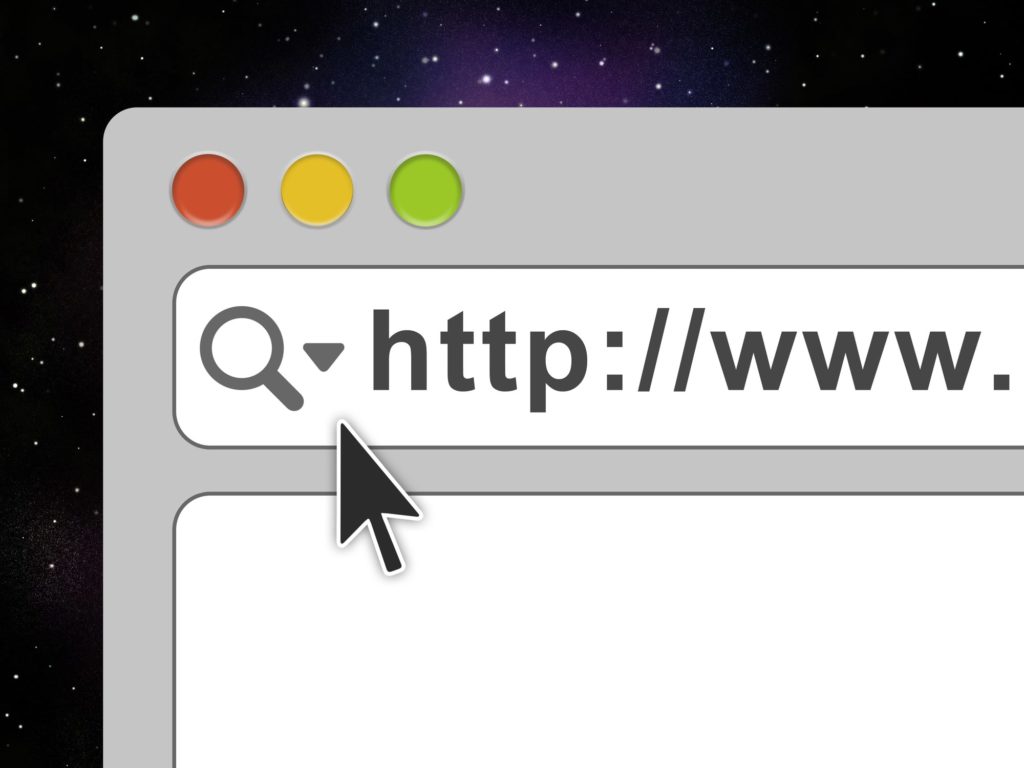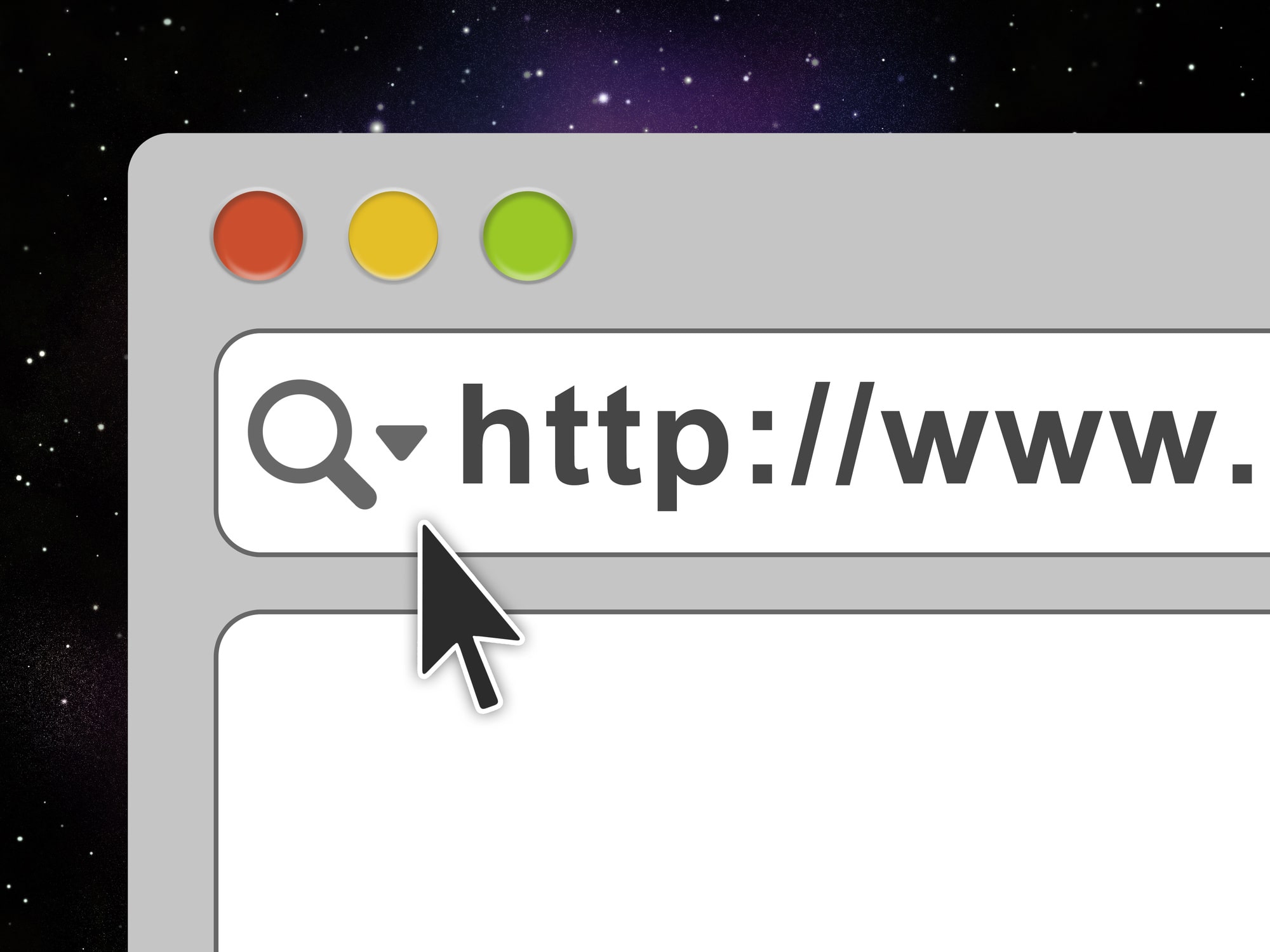
As the number of data breaches climbs ever higher, people want ways to protect themselves. One of the obvious answers is to disconnect from the Internet.
Even if you cut the cord today, though, all the personal data you’ve shared online would still be there. Much of this data is public, which means anyone can access it.
If you want to protect your information, you might think about a more drastic step. You’re wondering how to delete yourself from the Internet.
Erasing your digital footprint may not be entirely possible. This multi-step process should get you close to completely disappearing from the web.
How to Delete Yourself from the Internet: Start with Account Discovery
Billions of people have a Facebook account. There are millions of accounts on Twitter and Instagram. There may be many other social media sites you’ve signed up for in the past.
You probably have accounts in other places as well. If you’ve ever bought anything from Amazon, you likely have an Amazon account. If you have a Mac computer, you have an Apple ID, which gives you access to the app store and more.
Some of your accounts may be used on other sites. Many sites allow Google or Facebook logins. If you delete your Facebook account, you’ll lose access to all other accounts attached to it.
To discover all the places you have accounts, search through your email. You’ll likely have registration notifications from these sites.
There are also websites dedicated to how to remove yourself from the Internet. They’ll help you discover your accounts. Some even provide information on how easy it is to delete your information.
Once you’ve gathered up account information, you can begin the process of deleting them. If you’re not sure you want to leave sites permanently, you may be able to choose a “temporary” deletion. Permanent deletion is the only way to remove your personal information.
Hit Unsubscribe
Next up are all those email lists you’re on. Chances are you had to share some information about yourself to sign up.
Newsletters and other sites maintain databases that have your personal data in them. Unsubscribing is a request to have that data removed.
Ask to be Removed from Sites
Some sites, like Whitepages.com, are nothing more than data repositories. They collect data, then sell it to third parties.
If you want to be removed, you can contact each site to get your name and information removed. The process can be quite difficult and lengthy. There are services you can pay for that will assist you.
Making sure you’re no longer listed on these sites is key to how to remove your information from the Internet. Removal from these sites will remove you from Google search results as well.
If you’ve published anything in the past, whether a video or an embarrassing rant, you can also get it removed. The trouble is that you’ll need to contact the webmaster directly in most cases. If your work is popular, they may not want to remove it.
If the information posted is sensitive, you can send a legal request to Google to remove it from the results.
The Right to be Forgotten
If you live in Europe, the steps for how to get your name off the Internet are simpler. The EU has a law that gives users the “right to be forgotten.” This means people can ask companies to erase information, especially if it’s inaccurate or outdated.
You can send a request to Google to remove outdated content from the search results. Google sometimes caches pages, which can result in older versions of the page being displayed in the results.
Delete Your Email Account
Finally, you may want to take the step of deleting your email address altogether. You should double-check notices you receive at this address before you delete it. Otherwise, you may miss banking statements or tax information.
You should also check for accessibility issues. For example, if you use an Android device, you’ll need to have a Google account to use any app.
If you do decide to delete Gmail account, you may want to set up another account so you can receive important information. Don’t share this address with anyone, unless it’s absolutely necessary.
Keep a Low Profile to Stay Deleted
If you follow through with all these steps, you’ll have deleted yourself from the Internet.
It can be tempting to go back. After all, many services use email as a primary mode of communication. You may miss your friends on social media.
If you do decide to go back, you can keep a lower profile. Be savvy about what you share, and make sure to configure your privacy settings for every account. Share only with your friends and family, or set your account to private.
You may even want to create accounts that don’t use your real name or your image. The person should also look into using a VPN and browse in private mode. You can also use a search engine like DuckDuckGo, which is anonymous.
Finally, shop local and turn off your GPS on your phone and other devices.
You Might Still Exist on the Web
If you’re still saying, “remove me from the Internet!”, keep in mind there may be some instances where you can’t delete your personal information.
Messaging apps are a great example. Private messages you send over Facebook’s app are still accessible to the people they were sent to. That means the information is still on Facebook’s servers.
Put Your Privacy First
Now you know how to delete yourself from the Internet. It’s not an easy process, and there’s a good chance you’ll lose access to important accounts or information. Your privacy and security may be worth the hassle.
Looking for more great tech advice? We have all the latest news, trends, and tips to power your online experience.











